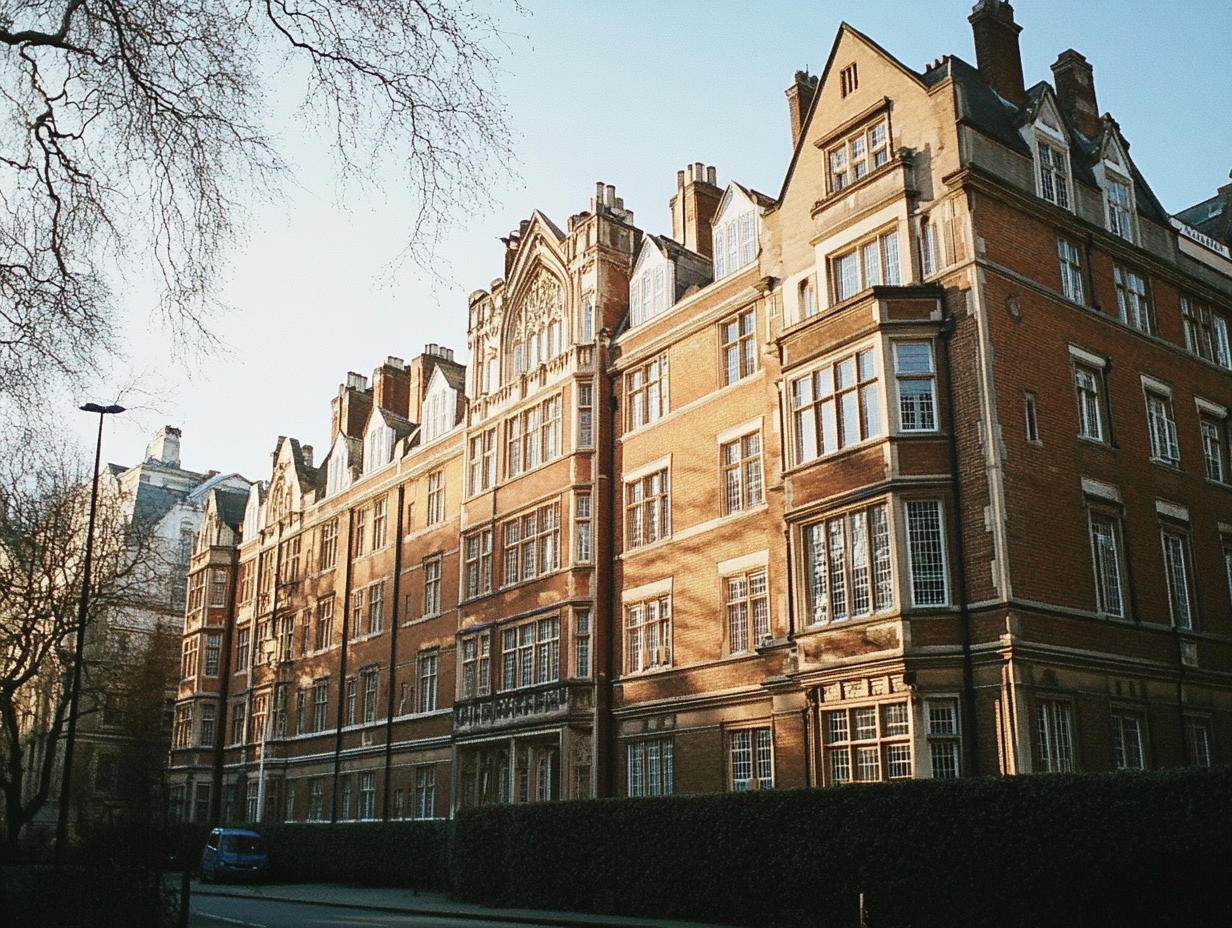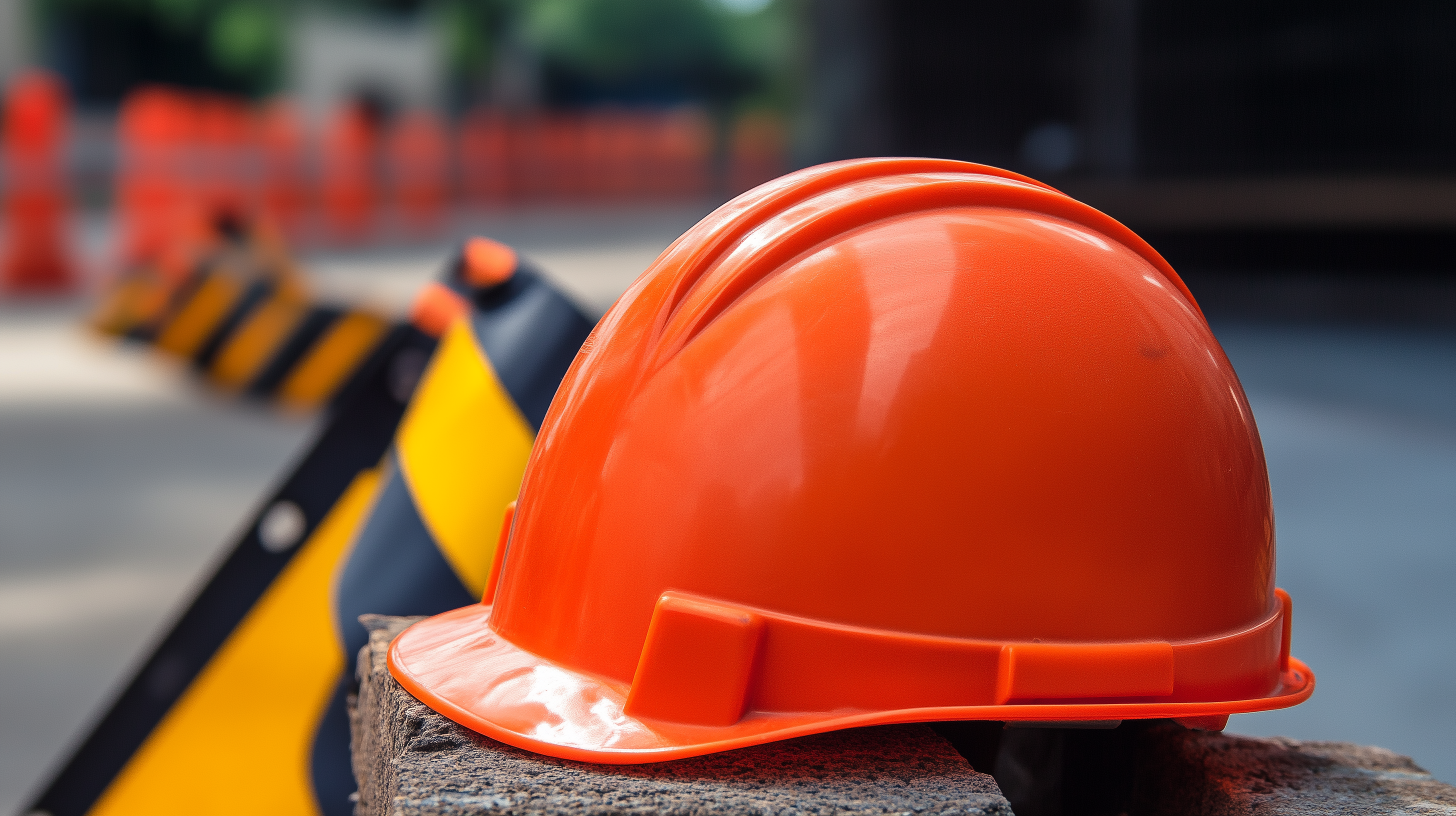Architects and builders must emphasise human safety in addition to practical spaces in a world that is gradually becoming more urbanised. Building design and upkeep must prioritise fire safety since it has a direct effect on the health of people who live, work, or visit these locations. Building information modelling (BIM) and mechanical, electrical, and plumbing (MEP) systems have transformed fire safety protocols, enabling architects and builders to create safer, more intelligent buildings.
One cannot ignore fire safety measures. Stakeholders must work together and innovate to produce safer structures as urbanisation picks up speed and threats rise. Promoting and upholding safety regulations is a critical responsibility of architects, builders, and construction engineers. The Building Safety Act reinforces this by mandating safety considerations from the design phase, embedding fire safety in every project.
Download our guide: Building Safety Act Guide for Contractors & Building Owners
What Is a Fire Safety Strategy?
A fire safety plan is a collection of safety measures, protocols, and actions to reduce risks, prevent fires, and safeguard people and property. It calls for knowledge, planning, and safety procedures from security guards, architects, builders, and business owners. A good fire safety policy prevents fires and lessens their effects when they do happen by integrating safety throughout a building’s lifecycle. As required by the Building Safety Act, the Golden Thread of information makes sure that fire safety information is properly recorded, easily accessible, and preserved over the course of a building’s life.
Why Is Fire Safety Strategy Crucial in Building Design?
A person is killed every three hours and ten minutes, and there is a fire worldwide every 24 seconds, according to the National Fire Protection Association (NFPA). In addition to causing billions of dollars in damages, fires claim a large number of lives. To reduce these hazards, architects and builders must incorporate fire safety measures from the very beginning of the design process. Planning for evacuation, protecting people and property, and early detection are important components. In order to guarantee risk minimisation right away, the Building Safety Act places a strong focus on including fire safety at Gateway 1, the first design stage.
Ready to comply with Building Safety Act? Check out our checklist library
Early Detection and Prevention
Safe evacuation and damage reduction are ensured by early discovery. Building designs must incorporate fire suppression systems and smoke detectors. These systems’ location and efficacy are optimised by BIM and MEP technology, which guarantee quick detection and reaction. In order to maintain current safety procedures and ensure compliance with Gateway 1, LB Aproplan assists in tracking and documenting these integrations.
Protecting Lives and Property
Preserving lives and minimising damage are the main objectives of fire safety. Effective fire protection guarantees that buildings are equipped to manage emergencies and drastically lowers hazards. By offering a platform for recording fire safety precautions, LB Aproplan helps facility managers to uphold safety regulations for the duration of the building’s operation.

Effective Evacuation Planning
In an emergency, a well-thought-out evacuation plan may be the difference between life and death. In order to optimise evacuation pathways, BIM modelling generates virtual representations of building layouts, including emergency exits. This guarantees effectiveness and reduces bottlenecks, resulting in quicker evacuations. The Golden Thread makes certain that these evacuation plans are available, current, and understandable to all parties involved.
Watch our webinar: The golden thread explained: tools and strategies for seamless compliance
Non-Compliance with Fire Safety Standards
Failure to adhere to mandatory safety standards established by governmental agencies, business associations, or insurance companies is known as non-compliance. Sadly, a lot of projects either intentionally or unintentionally break safety regulations, endangering people’s lives and financial investments. Because the Building Safety Act holds stakeholders responsible, non-compliance poses a danger to one’s reputation and income in addition to being illegal.
Common Examples of Non-Compliance
1. Absence of Personal Protective Equipment (PPE): Avoidable injuries result from the failure to provide or enforce PPE.
2. Poor Equipment Maintenance: Ignoring maintenance raises the possibility of mishaps and ignite.
3. Ignoring Routine Inspections: Accidents can occur when dangers are not inspected or addressed.
4. Code Violations: Breaking environmental, zoning, or construction rules.
5. Missing Licenses and Permits: Failure to get necessary licenses and permits may lead to fines and closures.
Read Also : Everything You Need to Know About Gateway 3 and Building Safety Act
Read Also : Why the Golden Thread is Crucial for Construction Safety: Learning from Grenfell
Consequences of Ignoring Fire Safety Regulations
Compliance with fire safety regulations is both required by law and morally right. There may be dire repercussions if these rules are broken.
Higher Rates for Insurance
Because non-compliant structures are viewed as high-risk by insurers, non-compliance results in higher insurance premiums. Building owners’ financial stability is impacted by this.
Economic Repercussions
In addition to putting lives in danger, noncompliance carries financial consequences. Depending on the gravity of the infraction and the laws of the nation, fines can range from tens of thousands to millions.
Death and Injuries
Death or catastrophic injuries are the most dire outcomes. Unsafe circumstances can result in mishaps, injuries, and psychological distress. Significant expenses are also associated with these catastrophes due to litigation and compensation.
Lawsuits and Civil Liability
Civil liability can result from noncompliance. Tenants or employees who have been harmed may file a lawsuit. Because fire safety regulations sometimes involve severe fines, serious violations can result in incarceration.
Property and Business Losses
Contracts, clients, and even property confiscation could follow noncompliance. Governments and consumers will steer clear of companies who disregard safety, causing long-term harm to their reputation.
Strategic Fire Safety Measures for Architects and Builders
Every phase of the building’s lifecycle, from design to construction to continuing administration, needs to incorporate fire safety, according to architects and builders.
- Systems that combine fire detection and suppression
Building design must incorporate sprinklers, alarms and smoke detectors using BIM and MEP. These instruments guarantee that fire safety precautions are positioned for optimal efficiency. Early fire detection and control are achieved via a well-integrated system. As part of the Golden Thread, LB Aproplan records these systems, guaranteeing that information is accessible to all parties involved.
2. Planning for a Safe Evacuation
By foreseeing such bottlenecks, BIM models aid in the development of efficient evacuation routes. Those who are unable to leave right away must have access to refuge sites. The Golden Thread makes sure evacuation plans are constantly current, while LB Aproplan oversees modifications and notifies facility managers and residents of these plans.
3. Containment, both active and passive
Structures must use both active and passive fire safety measures, such as sprinklers and fire-resistant walls, to prevent fires. By ensuring that these precautions are taken from the beginning, Gateway 1 lowers hazards over the course of the building’s existence.
4. Continuous Maintenance and Compliance
Construction is not the end of safety. It is essential that fire safety systems receive routine maintenance and updates. LB Aproplan aids in monitoring adherence and preserving security throughout building operations. To keep track of inspections, record maintenance, and to be sure systems adhere to Building Safety Act requirements, facility managers utilise LB Aproplan.
The Role of Technology in Fire Safety
Fire safety procedures have been revolutionised by Mechanical, Electrical and Plumbing (MEP) services and Building Information Modelling (BIM). BIM produces comprehensive digital models with all fire safety elements, providing a clear picture of how systems interact. MEP guarantees the safe design of mechanical and electrical systems.
Evacuation BIM: Evacuation plans are tested, dangers are identified, and routes are optimised using BIM.
– MEP for Detection and Suppression: MEP reduces emergency failures by integrating fire detection and suppression tools.
For facility management, LB Aproplan keeps track of fire safety precautions, making sure that systems are kept up to date and that problems are resolved quickly. It complies with Golden Thread’s standards by offering real-time documentation.
Conclusion
When it comes to building design and construction, fire safety cannot be compromised. Every stage of a building’s lifecycle requires engineers, architects, and builders to incorporate fire safety. Every component lowers danger and guarantees safety, from early identification to containment and evacuation. Tools like LB Aproplan and technologies like BIM and MEP assist architects and builders in creating safer structures.
Ignoring fire safety regulations puts lives at danger, results in fines, and harms one’s reputation. Building sturdy, safe structures is essential in a society that is rapidly becoming more urbanised. Make fire safety your top priority; the risks are too great to ignore.
Looking for a Building Safety Act compliance software? Book a demo with us and discover how LB Aproplan can help.
Read Also : How the Golden Thread Shields Construction Companies from Liability
Read Also : New vs. Old Buildings: How the Golden Thread Can Restore Confidence in Modern Construction




